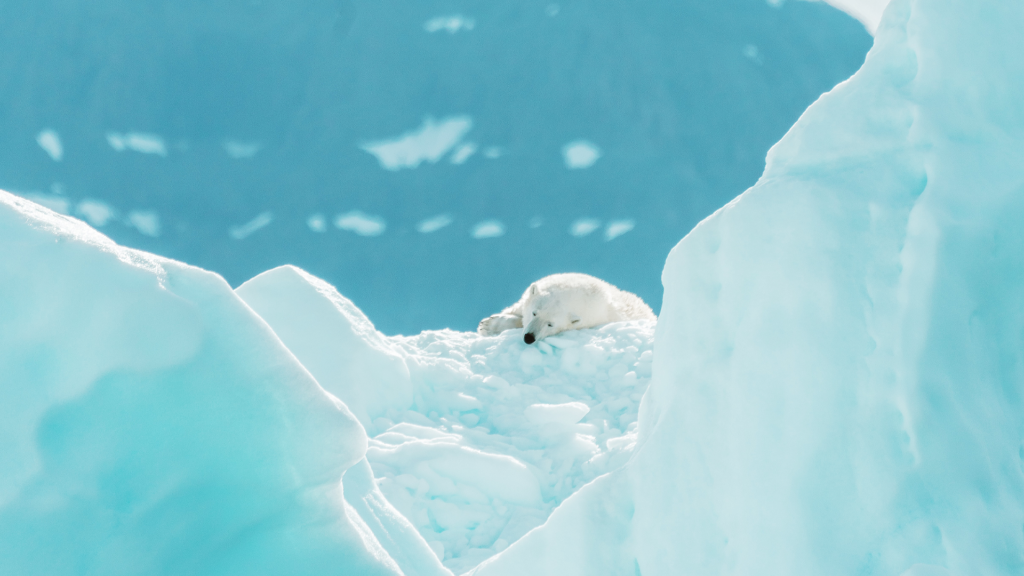With its vast resources increasingly accessible, the exploitation of the Arctic has caused significant geopolitical unrest.
The Arctic Circle lies within the territories of eight different countries and has a population of 4 million. Yet it is the lure of the region’s vast untapped resources that has captured the ambitions of nations globally.
The Arctic is home great reservations oil and natural gas, and promises large energy reserves for the world.
In addition to fossil fuels, it also contains deposits of minerals such as iron ore, copper, nickel, zinc, phosphates and even diamonds. As global energy demand continues to rise and traditional reserves become more difficult to access, Arctic resources present a attractive opportunity for countries that want to secure their energy supply and therefore their economic growth.
The region is part of domain of America, Canada, Denmark, Finland, Iceland, Norway, Russia and Sweden. Together they form eight arctic councilan intergovernmental forum that aims to promote cooperation in the region between governments and indigenous peoples.
But despite the creation of such an organization, these countries are actively developing ways to exploit the Arctic.
Russia has been invests heavily in Arctic infrastructure and has adopted advanced technology to enhance its oil and gas exploration capabilities. The country has developed several offshore drilling projects, such as Prirazlomnoye oil field in the Pechora Sea, which became the first operational oil production site in the Russian Arctic.
Canada has been explore its arctic waters for oil and gas reserves, with companies like Imperial Oil and Chevron participating in drilling activities. Norway, known for its expertise in offshore oil production, has successfully developed Johan Castberg lined up in the Barents Sea.
China, although it has no territorial claims in the Arctic, have shown interest in the resources of the region and has invested in arctic mining projects, such as Isua iron ore project in Greenland.
As for the United States, the controversy The Willow Project is located in Alaska, the American region located in the Arctic Circle. The project aims to develop the region’s oil and gas resources, including the construction of drilling sites, pipelines and associated infrastructure.
Due to the impact and scale of the undertaking, there has been a subject to debate and examinationwith discussions centered on the balance between energy development and environmental preservation.
Recently, in light of recent tensions between NATO and Russia, the Arctic lands were also militarized. Increased military activity on the part of Russia prompted NATO to monitor developments and maintain a credible presence. With Finland And Sweden set to join NATO, seven of the eight Arctic nations will be part of the alliance, while Russia, which owns most of the Arctic coastline, will remain outside.
Several important international policies have been implemented to protect the Arctic region. United Nations Convention on the Law of the Sea provides a legal framework for the use and conservation of marine resources, including the Arctic Ocean. It sets out the rules for determining territorial and economic zones, as well as the rights and duties of States.
Arctic Aeronautical and Maritime Search and Rescue Cooperation Agreement aims to improve search and rescue capabilities, which ensure a coordinated response to emergencies and accidents.
Besides, International Maritime Organization has developed guidelines for ships operating in the Arctic, which address safety, pollution prevention and navigational issues specific to the harsh conditions of the region.
However, despite treaties and policies, Indigenous peoples are often overlooked and marginalized. Special, indigenous land rights is often ignored or undermined. Their traditional territories are often subject to competing claims by government and commercial interests, resulting in encroachment on their lands and resources without consent.
Rapid societal changes and the influence of dominant cultures can lead to the erosion of indigenous identities and cultural heritage, undermining their sense of self and community.
Ultimately, the biggest influence comes from the environment. These indigenous communities have always depended on the arctic environment for their livelihoods, including hunting, fishing and gathering. Disturbed ecosystems, loss of wildlife and pollution of natural resources endanger their food security and cultural practices.

“Passionate pop cultureaholic. Proud bacon trailblazer. Avid analyst. Certified reader.”







